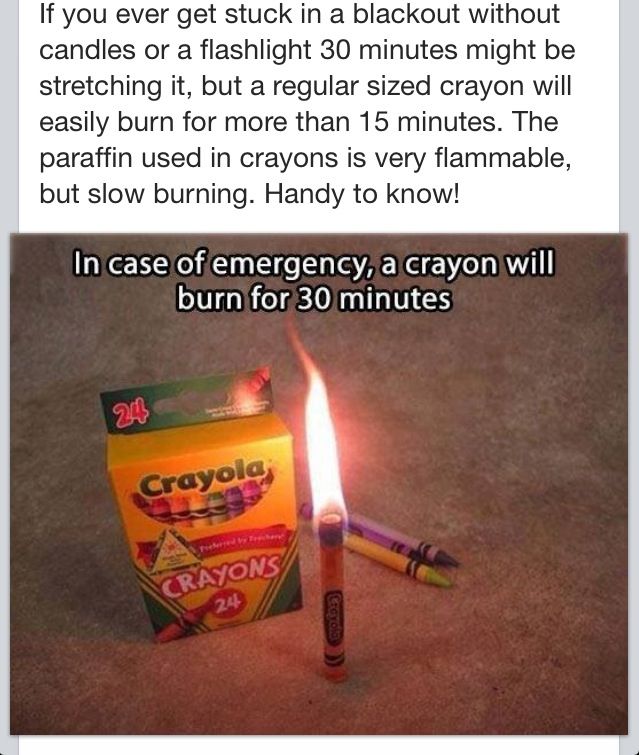One of the biggest drawbacks of social media is the proliferation of survival myths. These are often, though not always, spread via memes. At a glance, some of them sort of make sense, so people don’t hesitate to share them. It’s when you give them more than three seconds of thought that they start to fall apart. This is the first of several upcoming posts about various survival myths.
Survival Myth #1 – Tampons for Wound Care
This is a popular one, and it’s been floating around for quite a while. The recommendation is to stock your first aid kit with tampons to be used to “plug holes” like gunshot wounds. Countless medical professionals, from EMTs to Emergency Room physicians, have debunked this myth.
Despite what you may have heard or read, a tampon isn’t going to do anything particularly beneficial in treating traumatic injuries. It isn’t going to provide nearly enough pressure against a bleeding wound to keep that red stuff inside where it belongs. If you’re putting together a trauma kit, it makes far more sense to stock it with products that will actually help.
Survival Myth #2 – Wasp Spray for Self-Defense
I believe this one started making the rounds back when faxing jokes was still a thing. The common refrain is that wasp spray will blind an attacker, and you can easily carry it in places, such as schools, that might forbid defense products like pepper spray. There are a few things wrong with this premise.
Wasp spray doesn’t work on people the way it works on insects. While an argument could be made that any substance sprayed into a person’s eyes can be distracting and momentarily debilitating, pepper spray is far preferable. It instantly inflames the mucous membranes, causing them to swell and making it difficult to breathe. It also causes their eyes to tear profusely, affecting their sight.
Wasp spray does exactly none of that. Not to mention that cans of wasp spray are far larger than pepper spray and thus are more difficult to conceal.
Survival Myth #3 – Suck the Venom from a Snakebite
The traditional snakebite kit includes a razor blade and a suction cup or extraction tool of some sort. If a venomous snake bites someone, the instructions state to use the razor to cut open the bite, then use the suction cup to suck out the venom.
That might work if the venom were contained in some sort of bubble under the skin’s surface. However, the reality is that this would be like using a suction cup to remove fluid from a soaking wet sponge. All you’re going to accomplish is make the wound larger and increase the potential for infection.
While we’re at it, don’t apply a tourniquet to a bitten limb. That also causes far more harm than good. Keep the wound at heart level, if possible, and get to a hospital.
Survival Myth #4 – Crayons As Emergency Candles
This one started popping up several years ago.

Here’s the difference between knowledge and wisdom. Knowledge is knowing that candles are made of wax and thus will burn. Wisdom is understanding that crayons make terrible candles.
Prepping is investing in flashlights, lanterns, oil lamps, SnapLights, and actual candles so that you don’t need to burn your kid’s Crayolas.
Survival Myth #5 – Moss on the North Side of Trees
This one has been around seemingly forever. The logic behind this is that moss prefers dark conditions, so in the Northern Hemisphere, it will favor the shade of the north side of trees. That’s not entirely inaccurate. However, given the right conditions, moss can and will completely encircle a tree.
A far better approach is to learn how to use a compass and keep one with you every time you hit the trail. If you’re visiting a park area, snap a photo of the trail map before you head out if you don’t have a paper map in your pocket.
Read the full article here








